Gallery: 65 All-Time Great Galaxy Hits
Hubble Sees Galaxy on Verge of Destruction
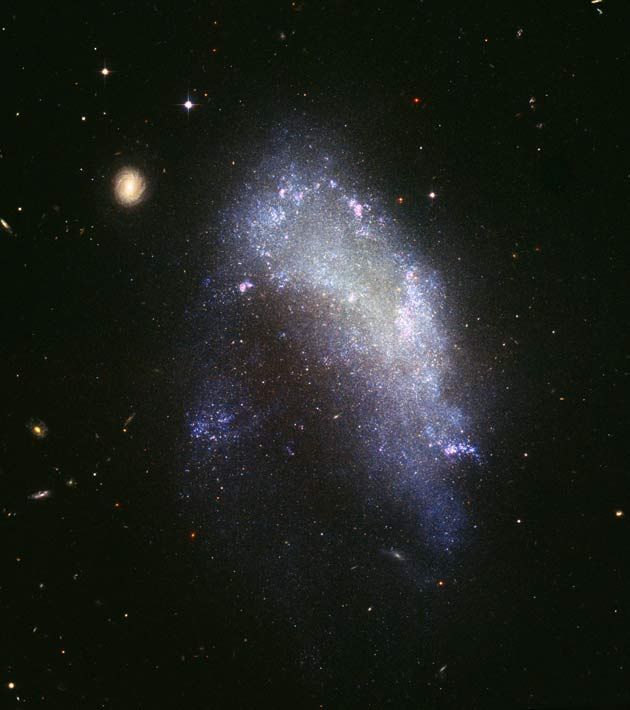
Under the gravitational grasp of a large gang of galaxies, the small bluish galaxy NGC 1427A is plunging headlong into the Fornax cluster. The apparently small, perfect spiral galaxy in the upper left is in the distant background.
Mysterious Stars Surround Andromeda's Black Hole
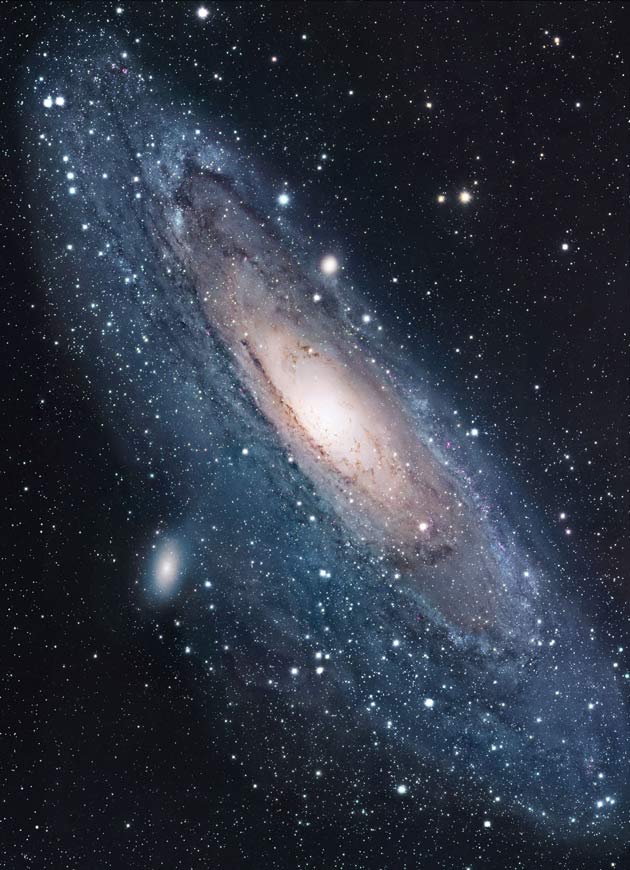
The Andromeda Galaxy photographed with a 12.5-inch telescope by amateur astronomer Robert Gendler.
Ongoing Growth: Galaxies Grab Intergalactic Gas
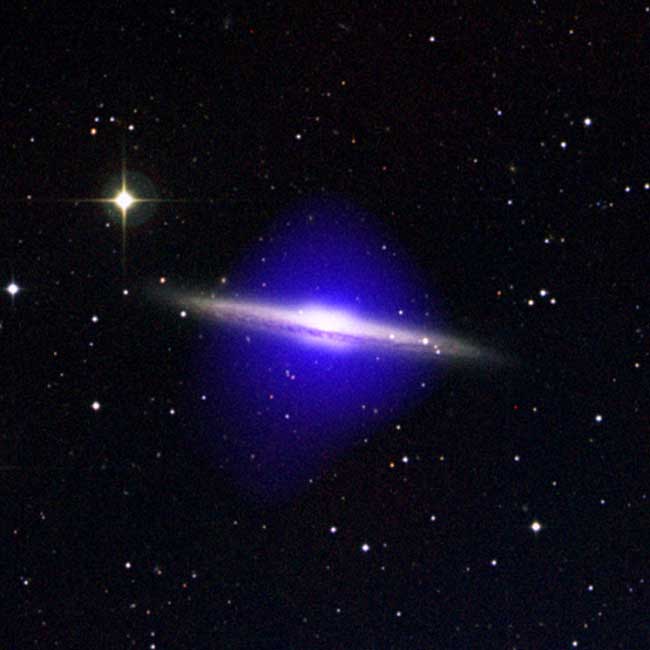
A halo of hot, infalling gas surrounding galaxy NGC 5746. It was detected with NASA's Chandra X-ray telescope.
Space Dust More Pervasive Than Thought
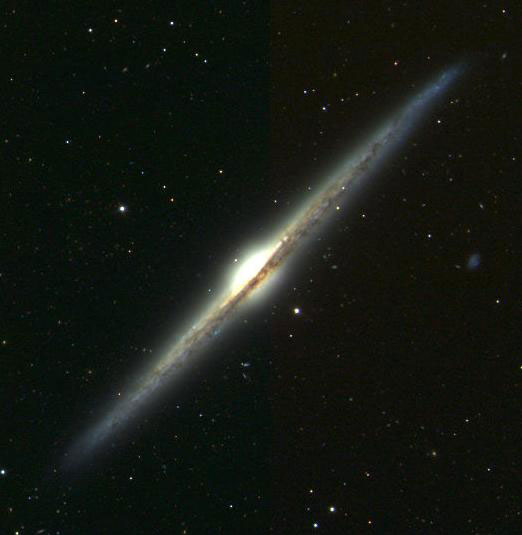
Spiral galaxies seen edge-on often show dark lanes of interstellar dust blocking light from the galaxy’s stars, as in this image of the galaxy NGC 4565 from the Sloan Digital Sky Survey (SDSS-II). The dust is formed in the outer regions of dying stars, and it drifts off to mix with interstellar gas. The new analysis of quasar colors shows that galaxies also expel dust to distances of several hundred thousand light years, ten times farther than the visible edge of the galaxy seen in this image. The thin haze of intergalactic dust dims and reddens the light from background quasars.
Black Hole Belts Out Discordant Musical
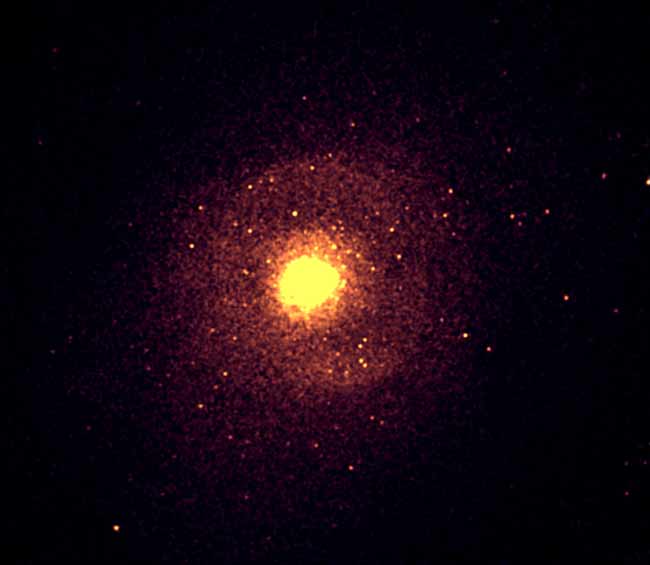
This Chandra image of M87 shows high energy X-rays. The faint, outer ring is about 85,000 light years across and gives an unambiguous signature of a weak shock wave (like a sonic boom) generated by an outburst from the supermassive black hole at the center of M87. The properties of the shock, including the change in temperature and density in the gas, are consistent with classical physics. The bright yellow, inner ring may be the gas just outside the "piston" that is powering the shock further out, and the ring in the middle was probably produced by another outburst.
Galaxy's Ghostly Arms Finally Explained
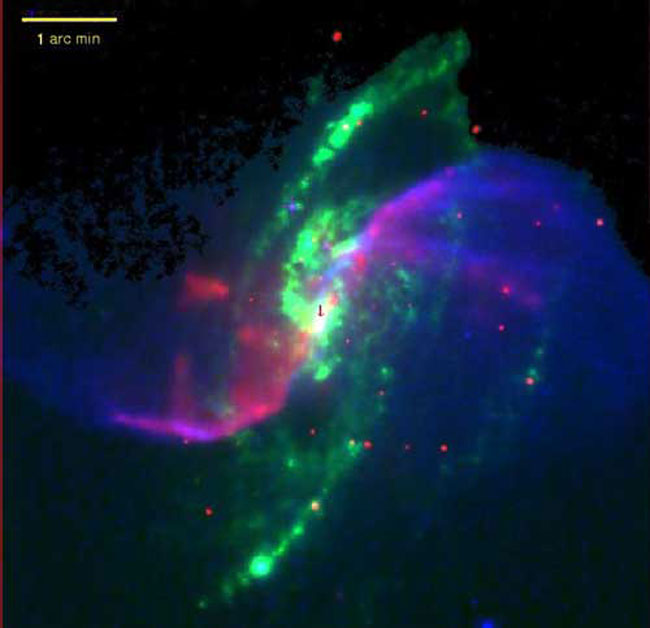
In this composite image of spiral galaxy M106, optical data is shown as yellow, radio data from the Very Large Array appears as purple, X-ray data from Chandra is coded blue and infrared data from the Spitzer Space Telescope appears red. The anomalous arms appear as purple and blue emission.
Tiny Galaxies Hide Dark Secret
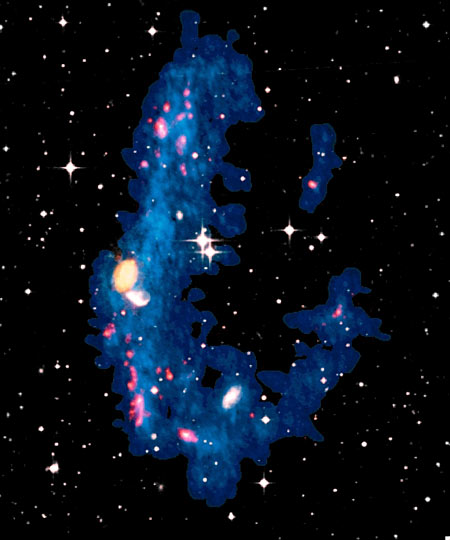
Galaxy NGC5291 (orange, at the center) and its ring of debris (in blue) as seen by the Very Large Array interferometer. Researchers have found evidence for the presence of dark matter in dense star-forming groups (shown in red), where 'recycled' dwarf galaxies exist.
Get the Space.com Newsletter
Breaking space news, the latest updates on rocket launches, skywatching events and more!
Galaxy Sports Vast Comet-Like Tail
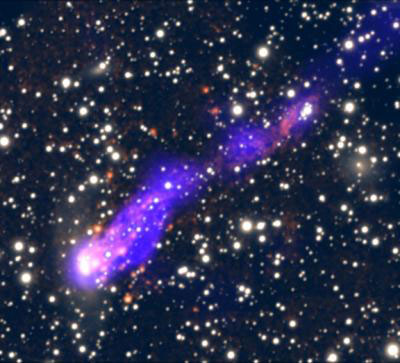
This composite image shows a tail that has been created as a galaxy plunges into the galaxy cluster Abell 3627. X-rays from Chandra (blue) and optical light (white and red) from the SOAR telescope show that as the galaxy plummets, it sheds material and forming stars behind it in a tail that stretches over 200,000 light years long. This demonstrates that stars can form well outside of their parent galaxy.
Old Galaxy Finds Fountain of Youth
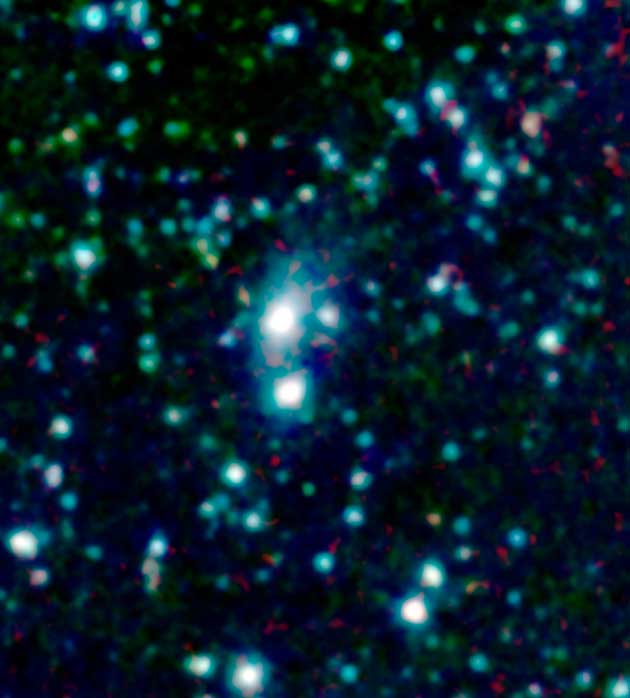
A big galaxy is stealing gas right off the "back" of its smaller companion in this new image from NASA's Spitzer Space Telescope. Image
Nature vs. Nurture in the Cosmos
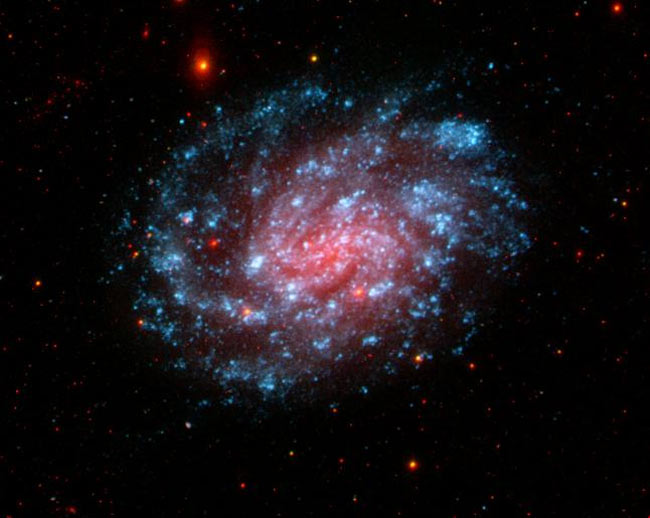
A classic spiral galaxy with open arms and vigorous star formation, the young galaxy NGC 300 is located about seven million light-years away in the constellation Sculptor. Image is from NASA's Galaxy Evolution Explorer.
Spiral Galaxy Winds Backwards
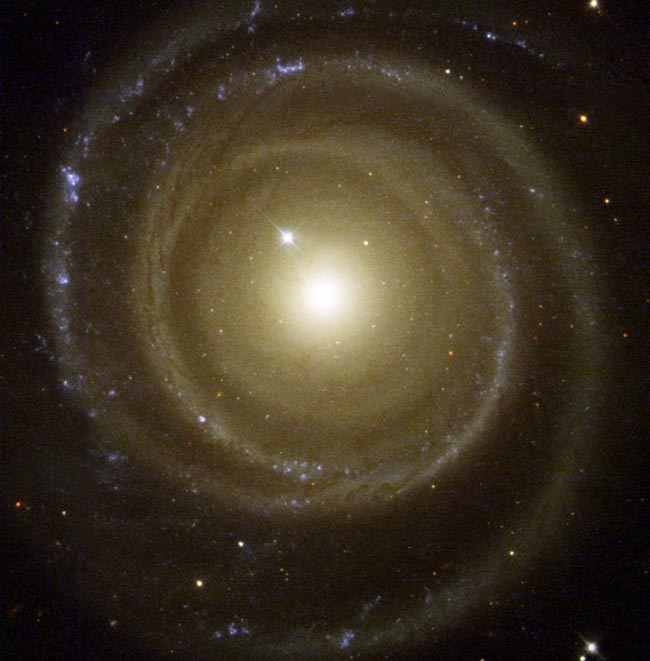
This color image of NGC4622 shows the strong inner counter-clockwise outward winding single arm and the strong outer clockwise outward winding pair of arms.
Join our Space Forums to keep talking space on the latest missions, night sky and more! And if you have a news tip, correction or comment, let us know at: community@space.com.

Space.com is the premier source of space exploration, innovation and astronomy news, chronicling (and celebrating) humanity's ongoing expansion across the final frontier. Originally founded in 1999, Space.com is, and always has been, the passion of writers and editors who are space fans and also trained journalists. Our current news team consists of Editor-in-Chief Tariq Malik; Editor Hanneke Weitering, Senior Space Writer Mike Wall; Senior Writer Meghan Bartels; Senior Writer Chelsea Gohd, Senior Writer Tereza Pultarova and Staff Writer Alexander Cox, focusing on e-commerce. Senior Producer Steve Spaleta oversees our space videos, with Diana Whitcroft as our Social Media Editor.









